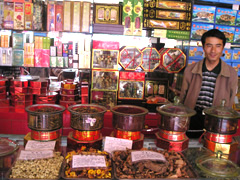 |
|
| Major medicinal plants in Tibet including snow lotus, Chinese caterpillar fungus, elevated gastrodia, fritillary, dangshen, Chinese cinnamon and Chinese magnoliavine are favored by tourists from all over the country. |
|
|
 |
|
| Nyingchi, "throne of the sun" in Tibetan, is located in southeast Tibet, where the Himalaya Mountains and Nyainqentanglha Mountains extend from west to east, like parallel huge dragons, to join the Hengduan Mountains in the east. With green mountain slopes, snow-capped peaks and crystal-clear rivers, Nyingchi looks just like heaven on the Qinghai-Tibetan Plateau. |
|
|
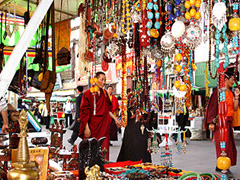 |
|
| Barkor Street in downtown Lhasa, is not only a major religious vennue but also a business center. The one-km-long street is lined with shops and stalls. From religious objects to daily necessities, commodities of all kinds and from all parts of the world are on display here.
|
|
|
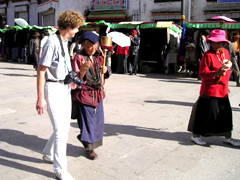 |
|
| According to the local government, Tibet received 1.22 million tourists last year from both home and abroad. Of them, 95,800 were foreign tourists, bringing a total tourist income of 1.5 billion yuan (US$181 million).
|
|
|
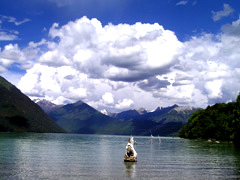 |
|
| Located about 90 kilometers west of Gongbo'gyamda County, the Basum Lake is an alpine lake at the middle and upper reaches of the Ba River, which is the largest tributary of the Nyang River. The lake surface is on average about 3,538 meters above sea level. |
|
|
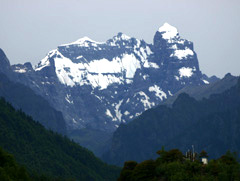 |
|
| Namjagbarwa Peak, the highest in the Nyingchi area and the 15th highest in the world, is 7,780 meters above sea level. The true features of its triangular body are obscured by snow year round and by clouds and fog. |
|
|
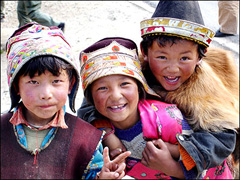 |
|
| By the end of 2004, there were 1,010 schools with 486,352 students in Tibet. The schooling rate of children has reached 94.7 percent and illiteracy among young people has dropped to 22 percent. |
|
|
 |
|
| Located on the lower reaches of the Yarlung Zangbo River and south of the Nyainqentanglha Mountains on the Qinghai-Tibet Plateau, Shannan Prefecture in the Tibet Autonomous Region is the cradle of Tibetan civilization. |
|
|
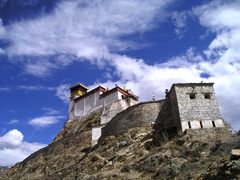 |
|
| Yungbulhakang means the palace on back legs of doe in Tibetan language and it is the first palace for Tibetan king. It was built in 2 century BC and was the oldest building in Tibet. Nowadays, it becomes the first choice for the tourists in Lhokha. |
|
|